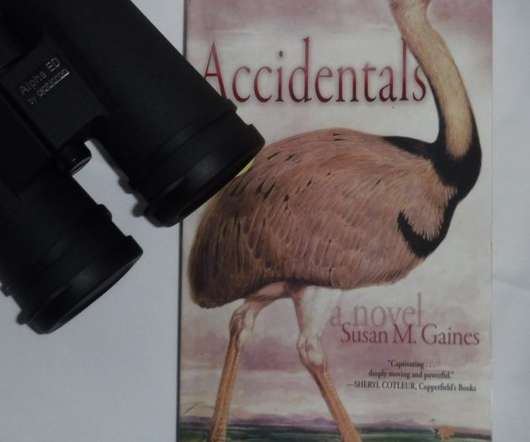A Strategic Arms Race Among Birds
10,000 Birds
FEBRUARY 18, 2014
The vast majority of the 10,000+ living species of birds are passerines, and the vast majority of those have a similar system of breeding: Mom and dad bird make a nest and share parental responsibilities roughly equally, if not identically. In the latter, three or more adult individuals contribute to the raising of offspring.












Let's personalize your content